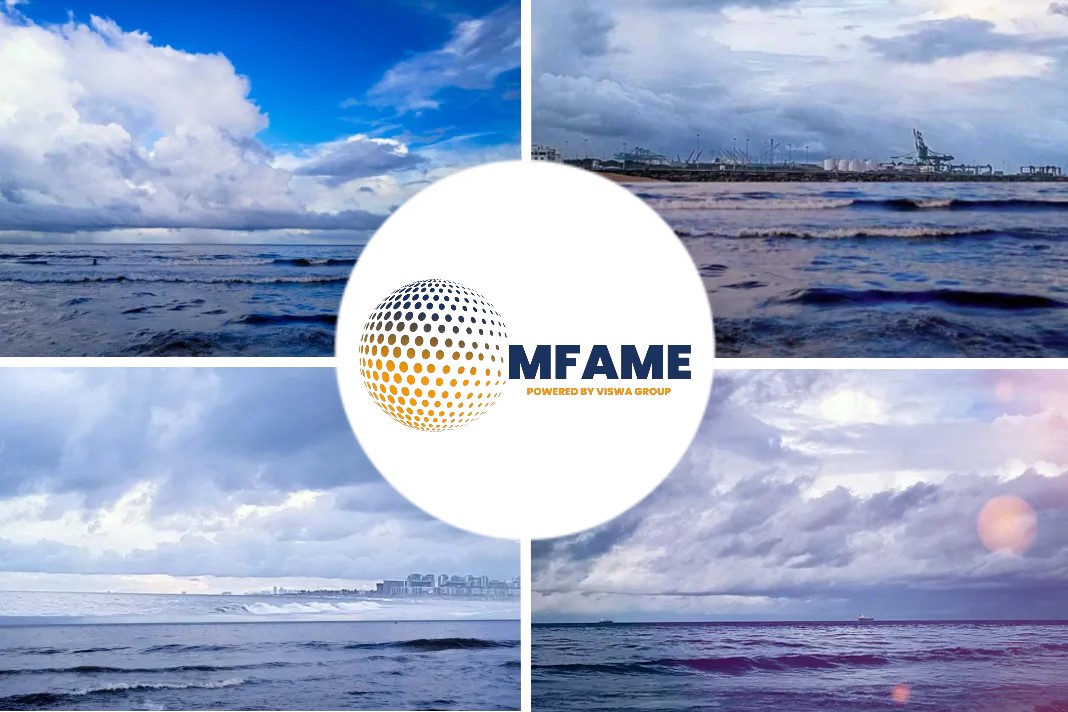A Skuld article reports of the IMO strategy of 2018 aimed at maritime decarbonization.
IMO: Strategy for Greenhouse Gas (GHG) reductions in shipping
In 2018, recognizing that ships are one of the major contributors to global carbon emissions, the IMO (the International Maritime Organization) formulated a strategy for Greenhouse Gas (GHG) reductions in shipping.
They expressed their vision in writing with the following statement: “The IMO remains committed to reducing GHG emissions from international shipping and, as a matter of urgency, aims to phase them out as soon as possible in this century“.
The IMO has formulated various plans to achieve this aim, and their main goal is to cut annual absolute GHG emissions from international shipping by at least half by 2050 compared to their level in 2008 working towards phasing out GHG emissions from shipping entirely as soon as possible in this century.
As part of that strategy, their goal envisages a reduction in carbon intensity emissions of an average across international shipping by at least 40% by 2030 and working towards 70% by 2050. Again, with the comparison point being 2008.
To reach these goals, the IMO has put in place short term regulations which will assist them to meet their 2030 target. However, other mid and long-term requirements are planned, and the IMO will also conduct a strategy review in 2023 where we expect to see higher ambitions put forward.
IMO Marine Environment Protection Committee – MEPC 76
The IMO MEPC 76 met in June this year. Its key focus was to bring into force the short-term regulations previously approved at MEPC 75 and needed to reach the 2030 goal of reducing GHG by 40%.
Building on the EEDI (Energy Efficient Design Index already in force since 2013 for newbuildings), they adopted an EEXI (Energy Efficient Existing Ship Index) for existing ships. This is a one-off requirement that requires existing ships to modify their design (or implement an alternative measure, as illustrated below) to reach a required level of technical efficiency.
The IMO also adopted the Carbon Intensity Indicator (CII) regulation, which is a mandatory regulation which imposes annual targets on ships for reducing their operational emissions. They also created the enhanced SEEMP, to assist ships to reach their required CII targets. Both sets of regulations will become effective as of 1 January 2023.
Did you subscribe to our newsletter?
It’s free! Click here to subscribe!
Source: Skuld
























